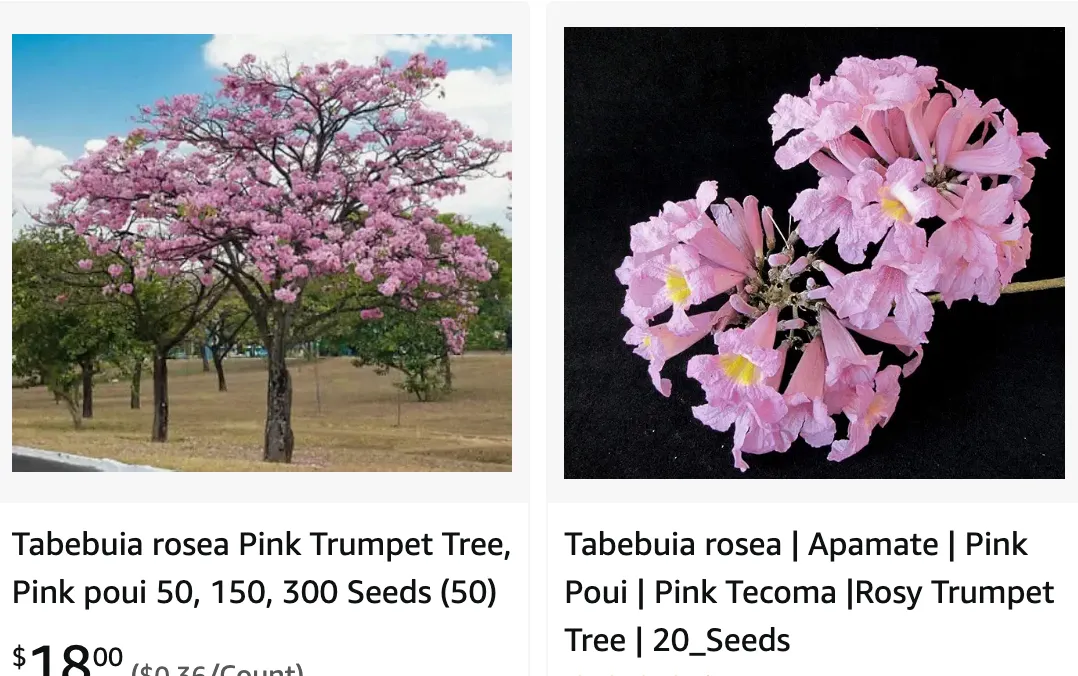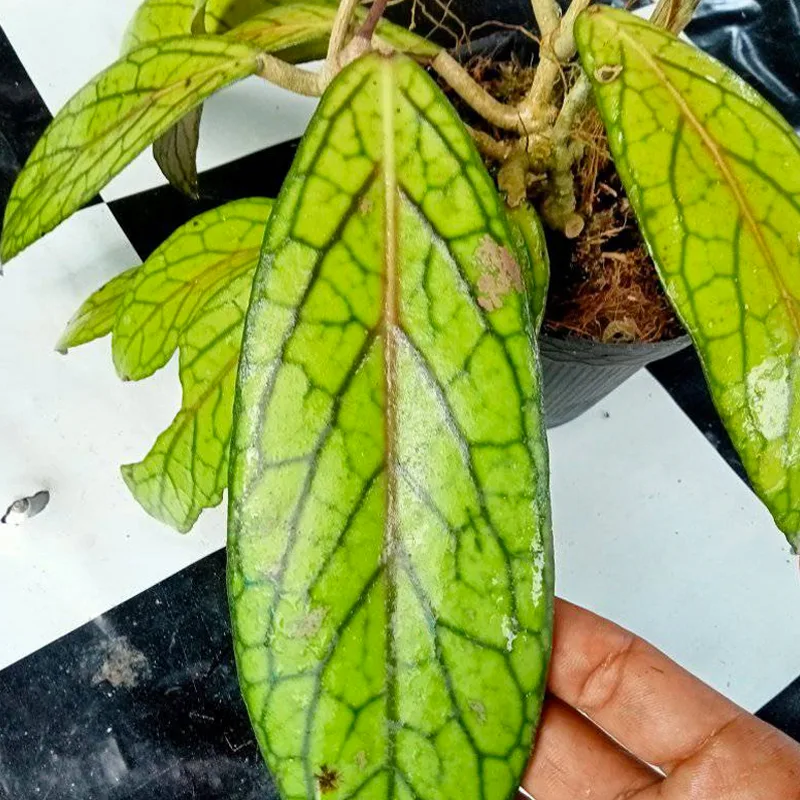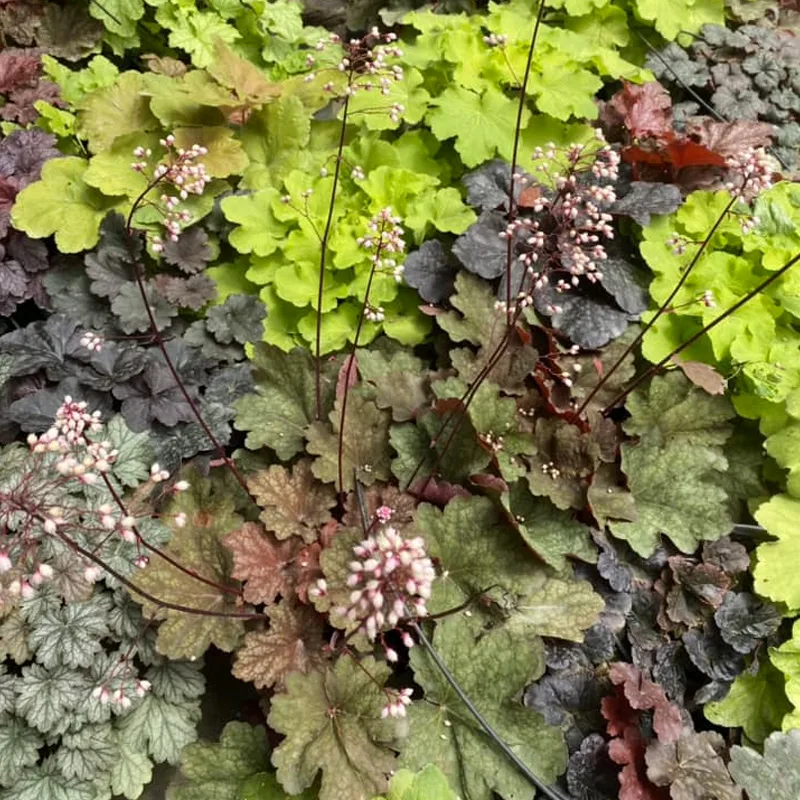
All About the Tabebuia Rosea: Your Guide to the Pink Trumpet Tree
Hi, I’m Ferb Vu, and I’m here to answer all your burning questions about the Tabebuia rosea, also known as the Pink Trumpet Tree. This vibrant flowering tree has captured hearts worldwide with its stunning blooms and unique characteristics. Whether you’re a seasoned gardener or simply admire its beauty from afar, this FAQ will be your one-stop shop for everything Tabebuia rosea.
76 Species in Genus Tabebuia
What is a Tabebuia Rosea?
The Tabebuia rosea is a neotropical tree, meaning it’s native to the regions of South America and Central America. It’s known for its magnificent display of pink, trumpet-shaped flowers that erupt in a breathtaking spectacle during its blooming season. This medium to large-sized tree can reach heights of up to 30 meters (98 feet) and boasts a wide, spreading crown, offering ample shade.
Pink Trumpet Tree vs Cherry Blossom
I’ve had the chance to grow both the Pink Trumpet Tree and Cherry Blossom in my garden, and they each bring their own charm. The Pink Trumpet Tree, with its vibrant, trumpet-shaped blooms, always turns heads in the spring. I remember one year, it seemed like a burst of pink fireworks in the yard, which was stunning. On the other hand, the Cherry Blossom, though more subtle, has a delicate beauty that’s hard to beat. Its fleeting blooms are like a gentle reminder of the changing seasons. The Cherry Blossom tree’s graceful petals falling in the breeze always made me pause and appreciate the moment. Both trees have their special qualities, but for a dramatic display, the Pink Trumpet Tree takes the edge, while the Cherry Blossom offers a more serene, ephemeral beauty.
Where can I grow a Tabebuia Rosea?
The Tabebuia rosea thrives in warm climates with plenty of sunshine. It prefers well-drained soil and doesn’t tolerate frost. If you live in a region with mild winters and warm summers, your Tabebuia rosea is likely to flourish. It’s a popular choice in Florida, Southern California, and other areas with similar climates.
How do I care for a Tabebuia Rosea?
Taking care of your Tabebuia rosea is relatively simple. Here’s a quick rundown:
- Sunlight: Provide your tree with at least 6-8 hours of direct sunlight daily.
- Watering: Water regularly during its first year of establishment. Once mature, it’s moderately drought-tolerant but appreciates occasional deep watering during dry spells.
- Soil: Ensure well-drained soil to prevent root rot. Sandy loam or a mixture with good drainage is ideal.
- Fertilizer: Apply a balanced fertilizer during the growing season (spring and summer) to promote healthy growth and flowering.
- Pruning: Prune lightly after flowering to maintain a desired shape and encourage new growth.
How often does the Tabebuia Rosea flower?
The Tabebuia rosea is known for its spectacular floral displays, typically blooming once a year in late winter or spring. Depending on the climate, you can expect a vibrant show of pink trumpets lasting for several weeks.
Is the Tabebuia Rosea similar to other flowering trees?
There are a few trees that share some similarities with the Tabebuia rosea. Here’s a quick comparison:
- Pink Trumpet Tree vs. Pink Pentaloba: Often confused, the Pink Pentaloba (Tabebuia impetiginosa) has slightly smaller flowers with a darker pink hue. Both trees offer stunning displays and similar care requirements.
- Tabebuia Rosea vs. Royal Poinciana: Both trees boast vibrant blooms, but the Royal Poinciana (Delonix Regia) features large, orange-red flowers with a fern-like foliage. They have different climatic preferences, with the Royal Poinciana preferring even warmer climates.
- Tabebuia Rosea vs. Crepe Myrtle: While both have beautiful blooms, the Crepe Myrtle (Lagerstroemia) comes in various flower colors and has a bushier growth habit compared to the Tabebuia rosea’s more upright form.
What are the benefits of planting a Tabebuia Rosea?
There are several reasons to consider planting a Tabebuia rosea in your landscape:
- Stunning Flowers: The vibrant pink blooms are a showstopper, adding a touch of elegance and beauty to your garden.
- Fast-Growing: This tree grows relatively quickly, providing shade and visual interest within a few years.
- Attracts Pollinators: The trumpet-shaped flowers attract butterflies, bees, and hummingbirds, creating a lively environment in your garden.
- Adaptable: While it prefers warm climates, the Tabebuia rosea can tolerate some drought and occasional cooler temperatures.
Can I grow a Tabebuia Rosea in a pot?
Yes, you can grow a Tabebuia rosea in a pot, especially if you live in a cooler climate. Choose a large pot with good drainage holes and use a well-draining potting mix. Be mindful that container-grown trees will likely require more frequent watering and fertilization compared to those planted in the ground. They may also require more frequent pruning to maintain a manageable size.
Where can I buy a Tabebuia Rosea?
You can find Tabebuia rosea trees at online nurseries or specialty plant stores. Look for reputable sellers who can provide information on the specific variety and its suitability for your climate.
What are some things to watch out for when planting a Tabebuia Rosea?
While a relatively low-maintenance tree, here are a few potential issues to keep an eye on:
- Frost Damage: The Tabebuia rosea is not frost-tolerant. If you live in an area with occasional frost, consider planting it in a protected location or containerize it to bring it indoors during cold snaps.
- Invasive Roots: Be aware that the Tabebuia rosea can have aggressive roots in some situations. Plant it away from structures like foundations, sidewalks, or underground pipes.
- Leaf Dropping: During dry periods, the Tabebuia rosea might lose some leaves. This is usually temporary and shouldn’t be a cause for concern as long as you provide adequate watering during drought.
- Pests and Diseases: Generally pest and disease resistant, but watch out for common garden insects like aphids or scale. Insecticidal soap or neem oil can be used for control if necessary.
Is the Tabebuia Rosea the right tree for me?
If you’re looking for a vibrant flowering tree that thrives in warm climates and offers a beautiful display of pink blooms, the Tabebuia rosea is an excellent choice. It’s relatively easy to care for and provides shade and visual interest in your landscape. However, consider your climate and available space, as it can grow quite large.
Conclusion
The Tabebuia rosea, with its captivating pink flowers and elegant form, is a remarkable tree that can transform your garden into a tropical paradise. By following these simple care tips and considering the suitability for your climate, you can enjoy the beauty of this flowering wonder for years to come.
If i die, water my plants!



